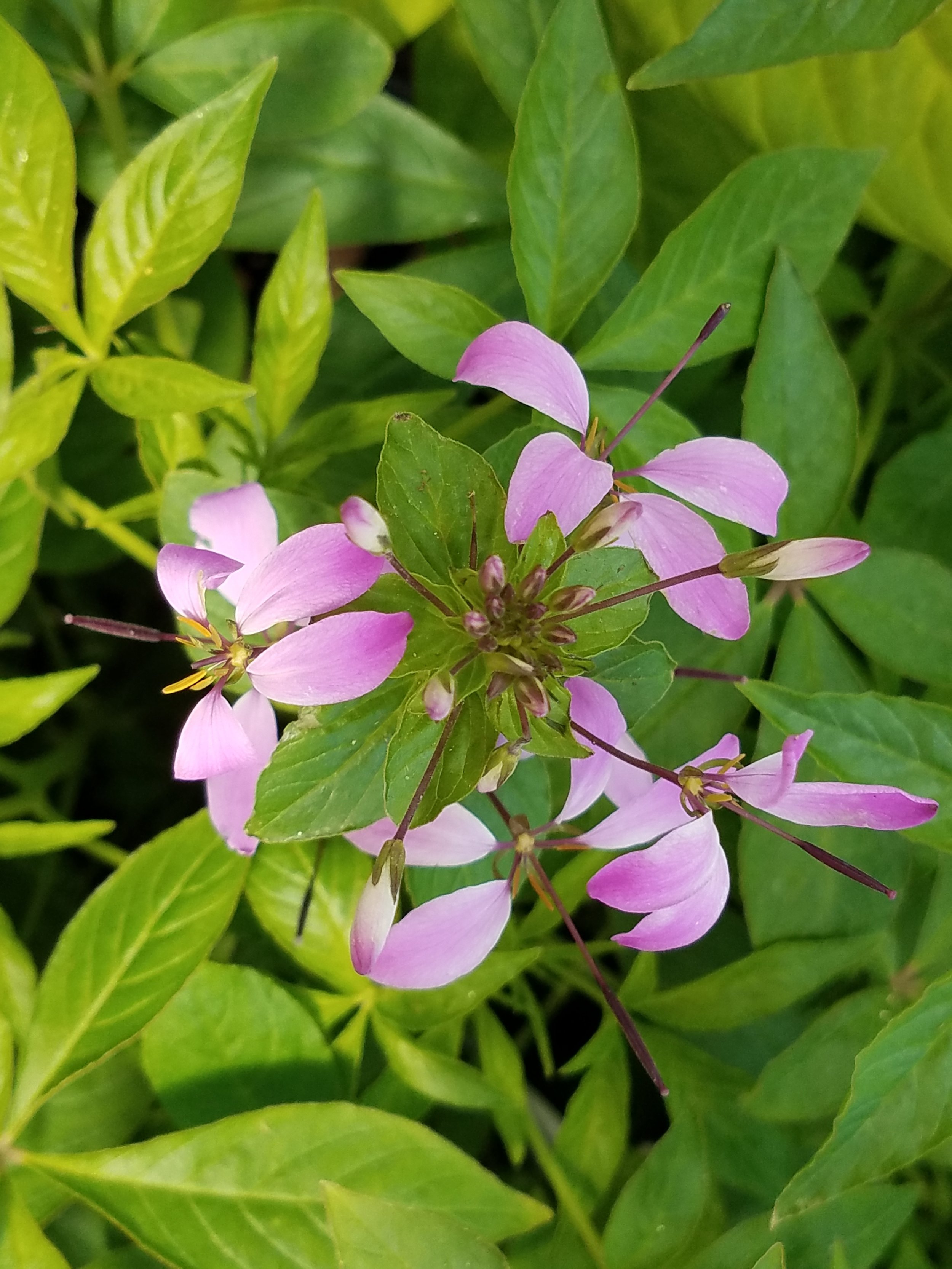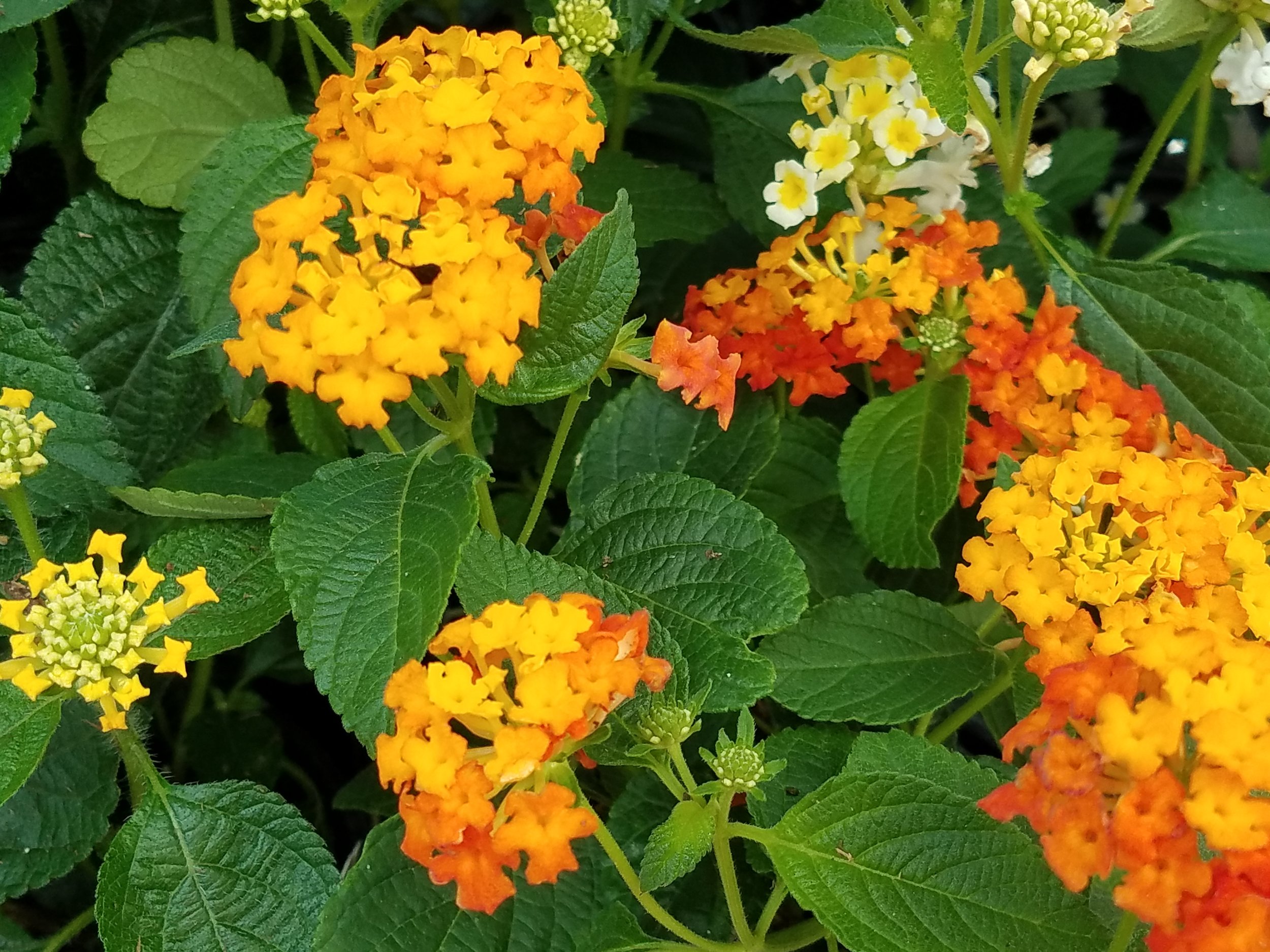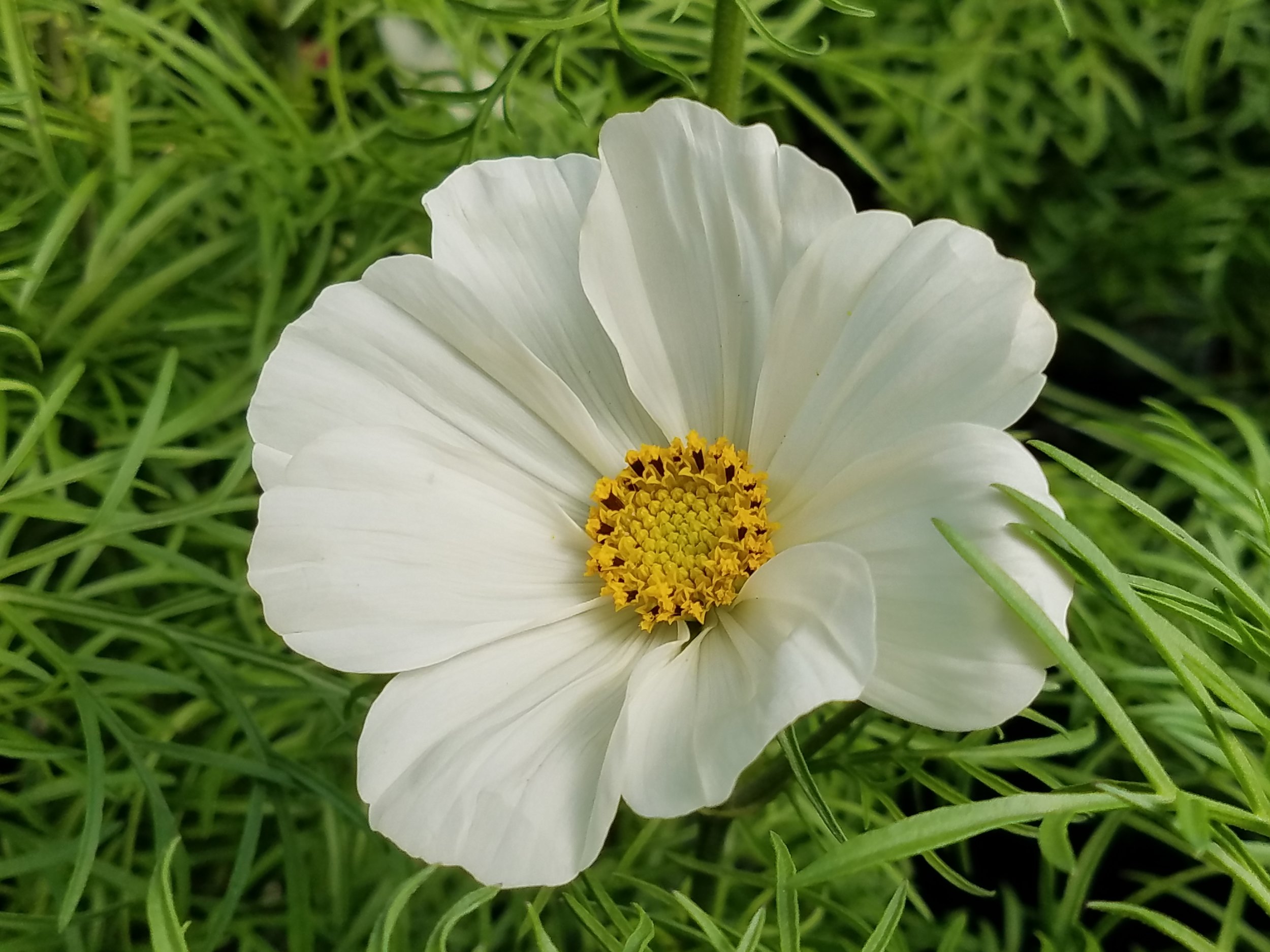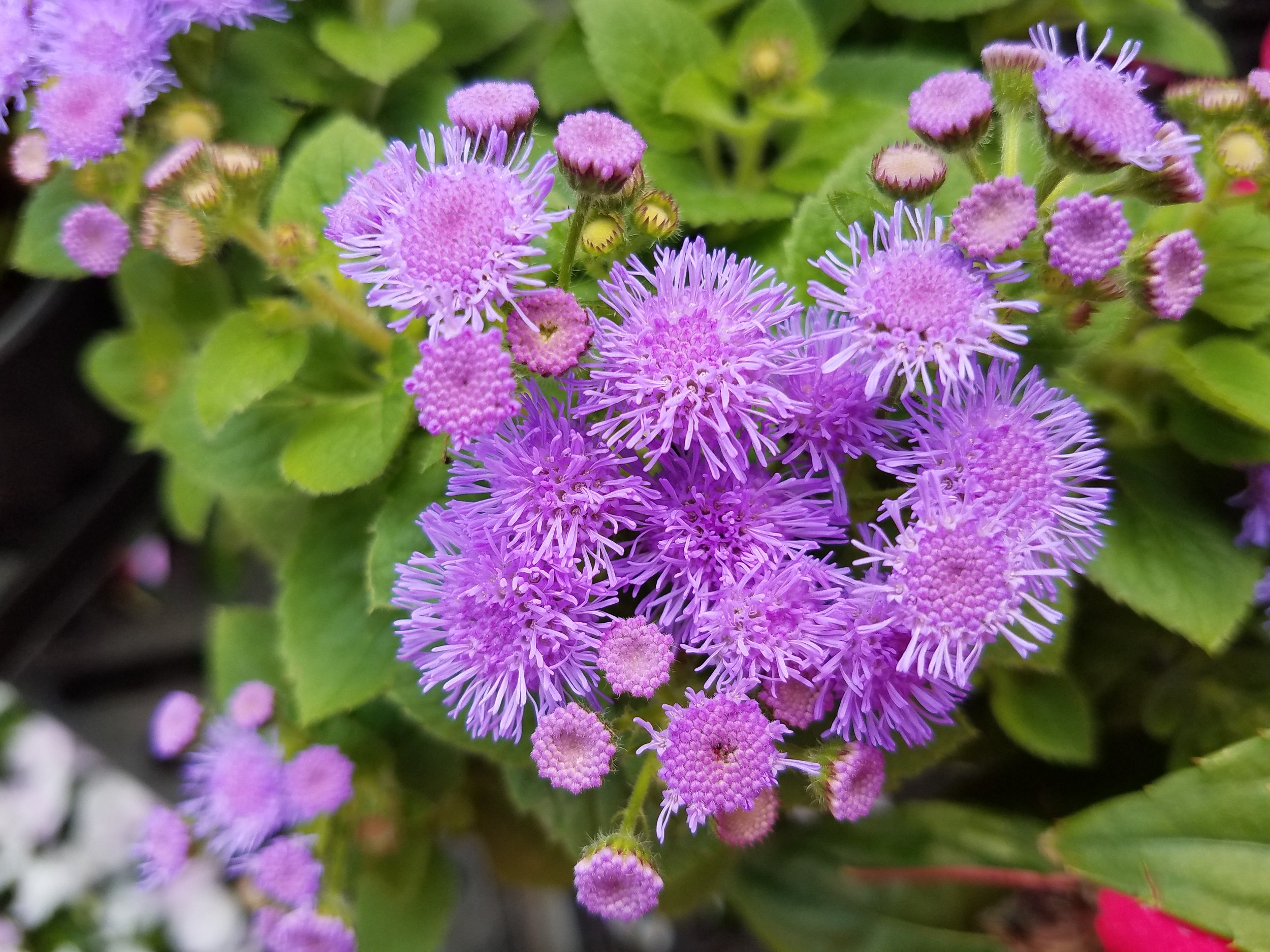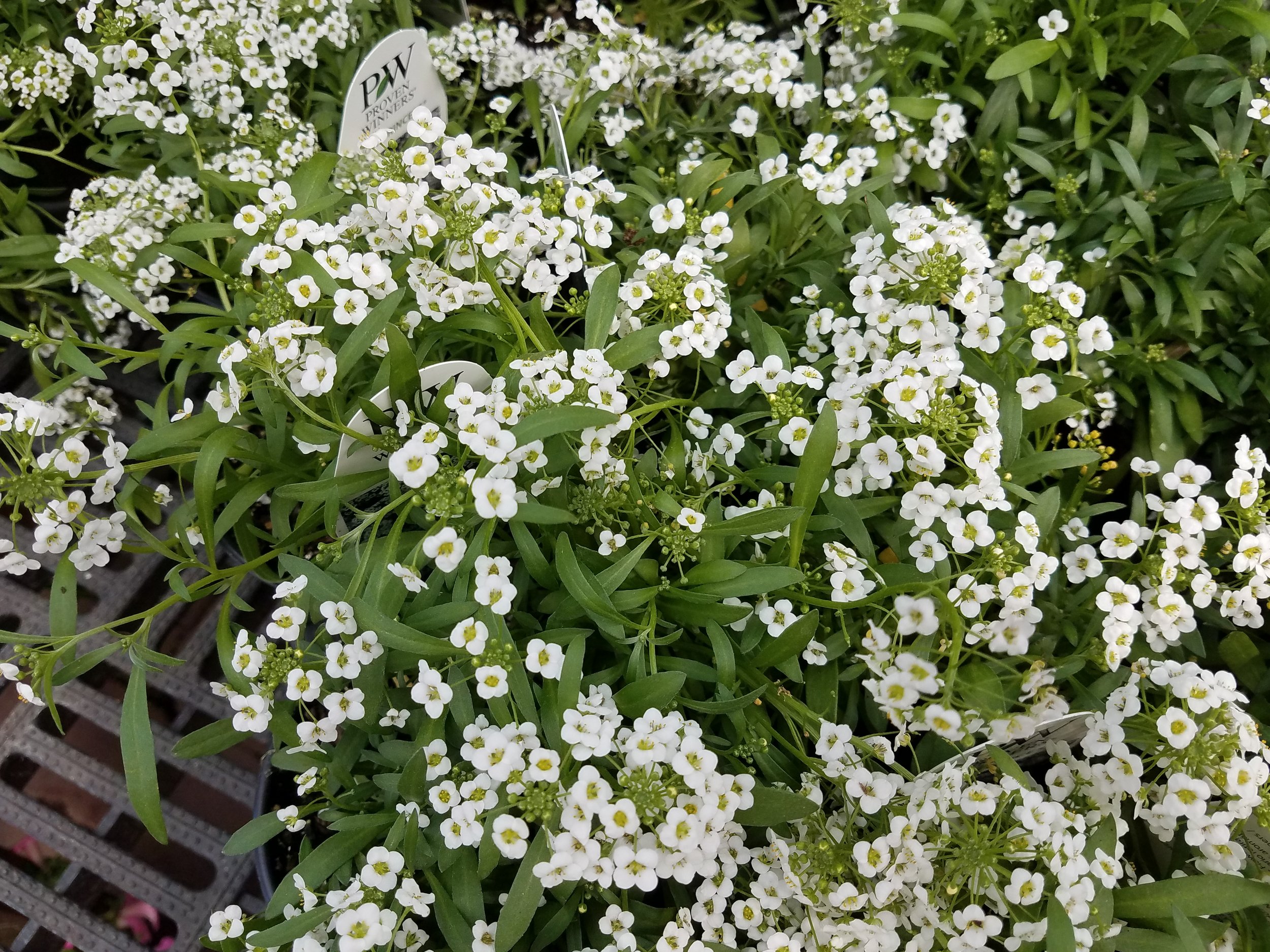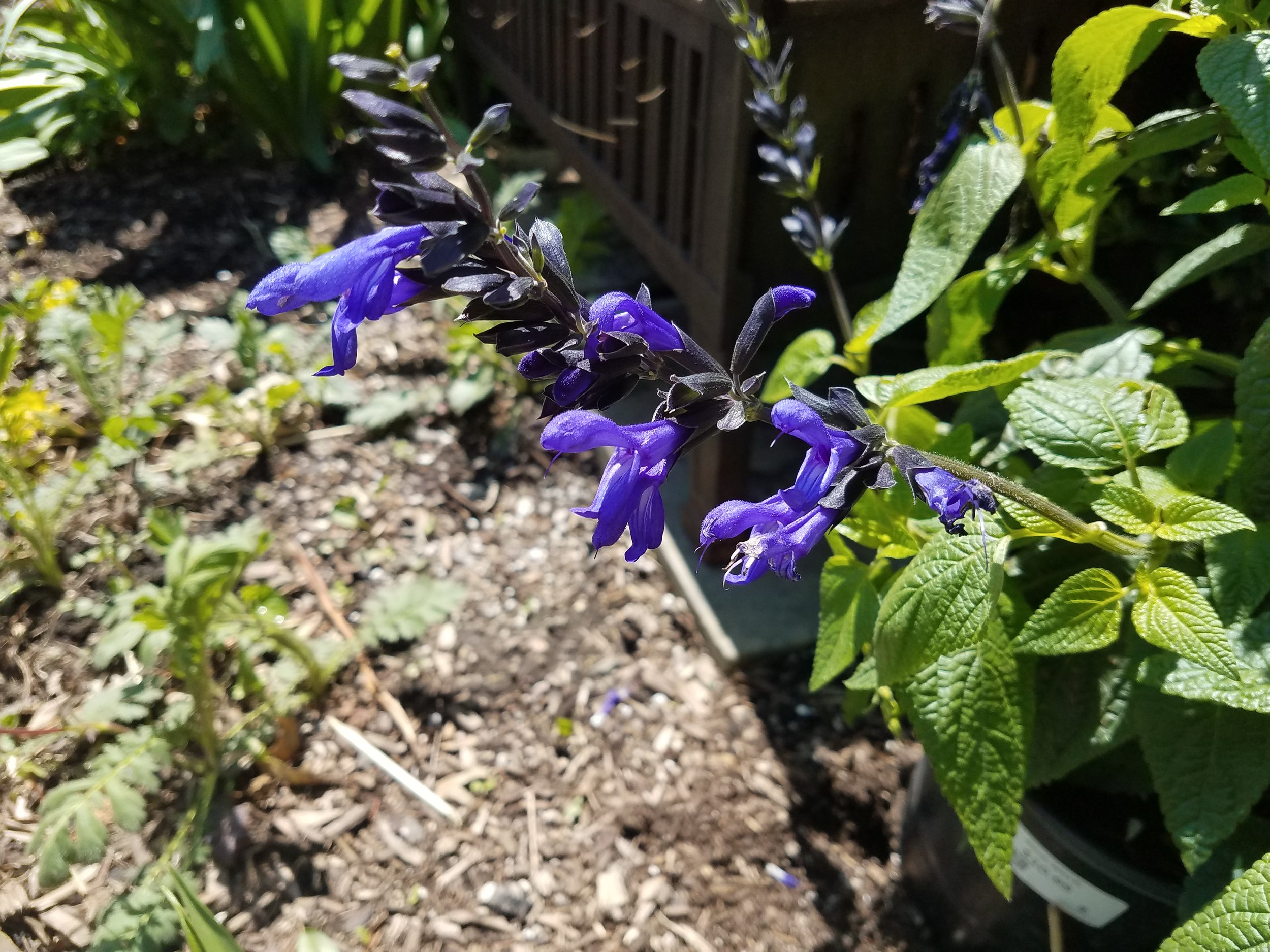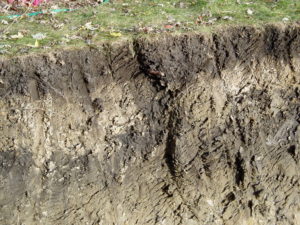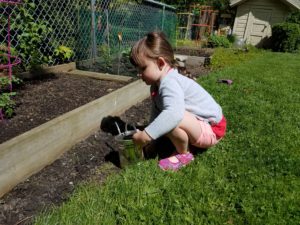Creating a Butterlfy Garden with Annuals
/When I got the request this season to create a butterfly garden with annuals for a Wisconsin client, I really had to stop and think. Typically, we build a butterfly garden around perennial native plants that return every season. But this couple loves to plant annuals as part of their summer garden, so what would I suggest? My answers to this question might help you in creating a butterfly garden with annuals.
Their garden space is approximately 11 feet square. I designed from in the center because I wanted the garden to move from that center outward, and also to have levels of flowers from low to high throughout. So roughly speaking, I was working within a cube. Some of the plants and shrubs I used are perennial in warmer climates, but function as annuals in Zone 4, the location of the property.
In the very center, I put sunflowers. They are showy, tall and great for pollinators including bees, butterflies and hummingbirds. Then, dividing the space into quadrants, I designed each with different predominant colors, making sure I would have flower heads at three levels: high, medium and low. In each quadrant I used a shrubby plant, alternating lantana* and hibiscus. Around the outside I put a border, ageratum alternating with alyssum*.
Here are the common names of the additional flowers I included inside the quadrants: Brazilian vervain, black and blue salvia, cosmos,* zinnia, marigold, tropical milkweed, gaura, foxglove, petunia, snapdragon and cleome*. Those starred are puictured below.
For annuals like zinnia that are available in several colors, I selected only one color. Thus each type of flower represented a color block in the design. This gives a cohesive look to the garden as a whole, especially when many flower types, many colors and many levels are combined in one garden.
To plant the garden, we will position all the plants in the quadrant before planting to ensure that the color pattern works. In this way adjustments can me made before planting where necessary.
We’ll be photographing this garden throughout the season to see how it turns out. Why not give it a try in your garden?


